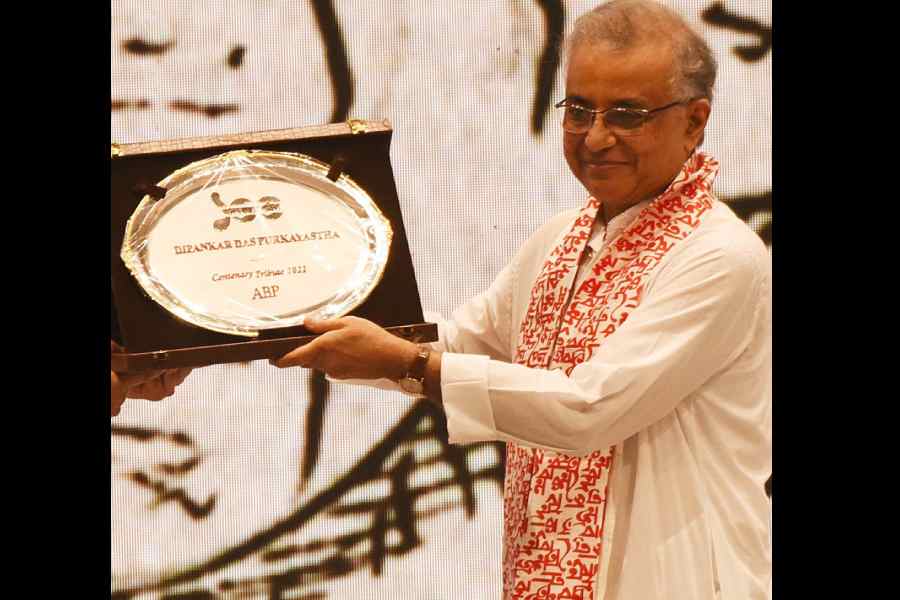HEADLINE: MEMOIR OF A MEDIA CEO
By D.D Purkayastha
Notion, Rs 495
The proponent of the Calvinist ethic, which looked at work as a testament of the divine will, would have been proud of the author of Headline. For the professional career of D.D. Purkayastha, a veteran of the media industry and ABP’s Managing Director and CEO for 14 years, reflects the trajectory of a life dedicated to work. Little wonder then that Katherine Mansfield’s quote, “To work, to work, such an infinite delight!”, opens the Prologue for the reader.
But Headline is not the workaholic’s bible. That would be a reductive — unfair — assessment. It is not a memoir in the conventional sense either. This is because the book’s principal strength lies in Purkayastha’s ability to dexterously fuse bits of his personal and professional lives with the journey of an institution — ABP — and the times — glorious and tumultuous.
A Midnight’s Child, Purkayastha was born in Digboi to a scholarly mother and a polymath of a father: perhaps genetics enabled Purkayastha to be a man of many parts later in life. What enlivens the book are vignettes — economic, cultural, and political — of a time that may seem puzzling to the present Zoomer generation. For instance, they may find it improbable that there, indeed, was a Calcutta, as Purkayastha writes, that was the headquarter of nearly every industry, save for pharmaceuticals and textiles; or that computers, indispensable to this Age of Data, were once reviled by Bengal’s political class; or that the apparent democratic set-up notwithstanding, the erstwhile Left Front government could, with impunity, seize ABP’s offices and presses and cripple its publications by using the then potent combination of toxic trade unionism and lumpenism, preventing — even assaulting — willing employees from entering their own office. (This was the price that ABP paid for speaking truth to power.) The author’s recounting of that other legend on Calcutta’s Fleet Street — ABP’s phoenix-like rise from a devastating fire — makes for compelling reading, as do his anecdotes concerning luminaries — poets, novelists, editors — including the one about Shakti Chattopadhyay being ‘dropped’ home in a double-decker bus that had two occupants, Chattopadhyay and the bus driver, both at their cheery, inebriated best.
Headline is not meant to reminisce only. It is, indeed, in part, “a manual of media management”. Purkayastha seldom takes his eye off his trade as he describes the glories, tests and transformations of ABP in particular and the mediascape in general. Of particular relevance for those associated with the industry would be Purkayastha’s account of surviving the challenge of Covid, glimpses of the futuristic newsroom as well as the Indian media’s perpetual “illness” — the cover price war.










